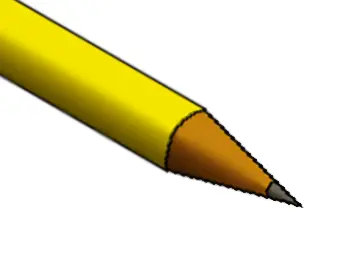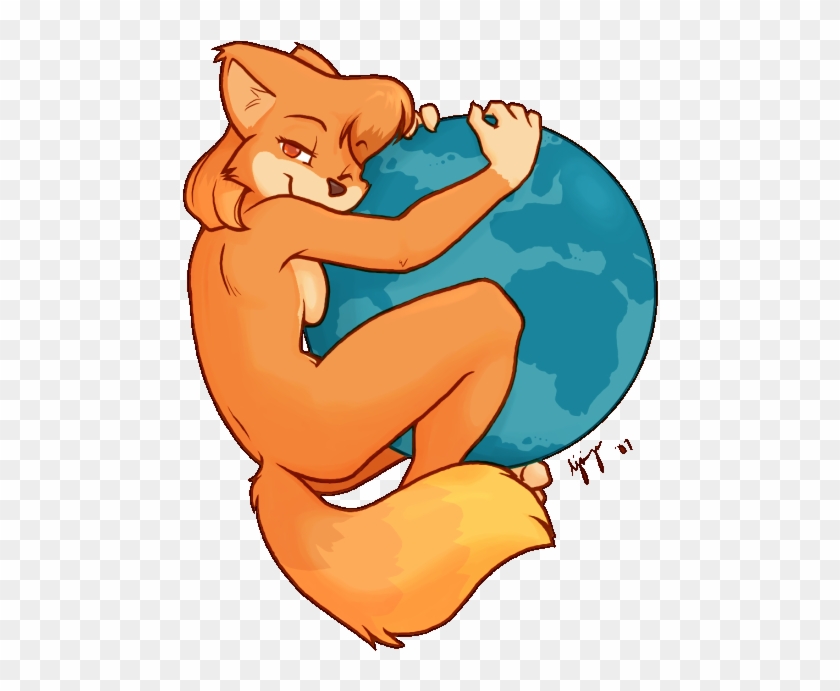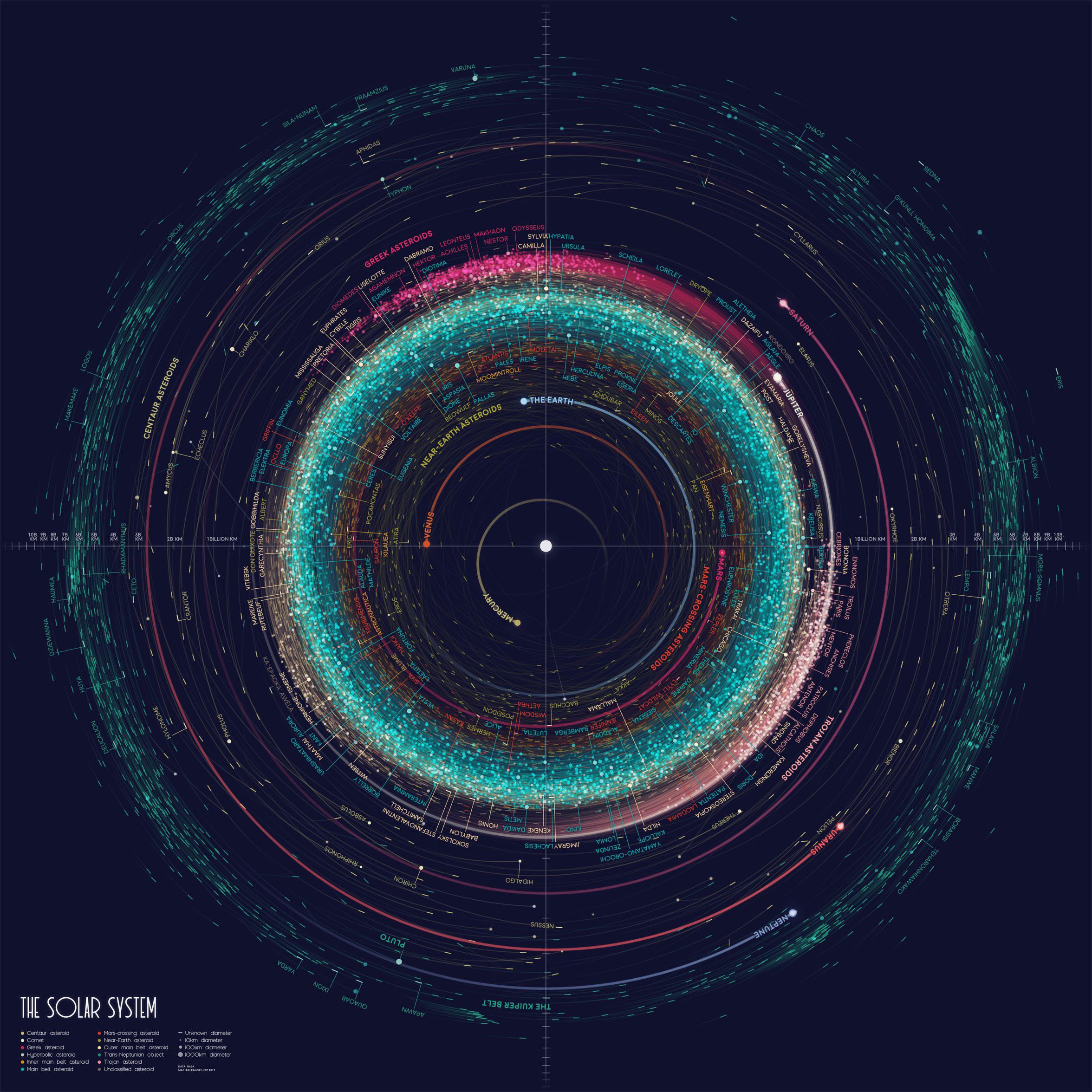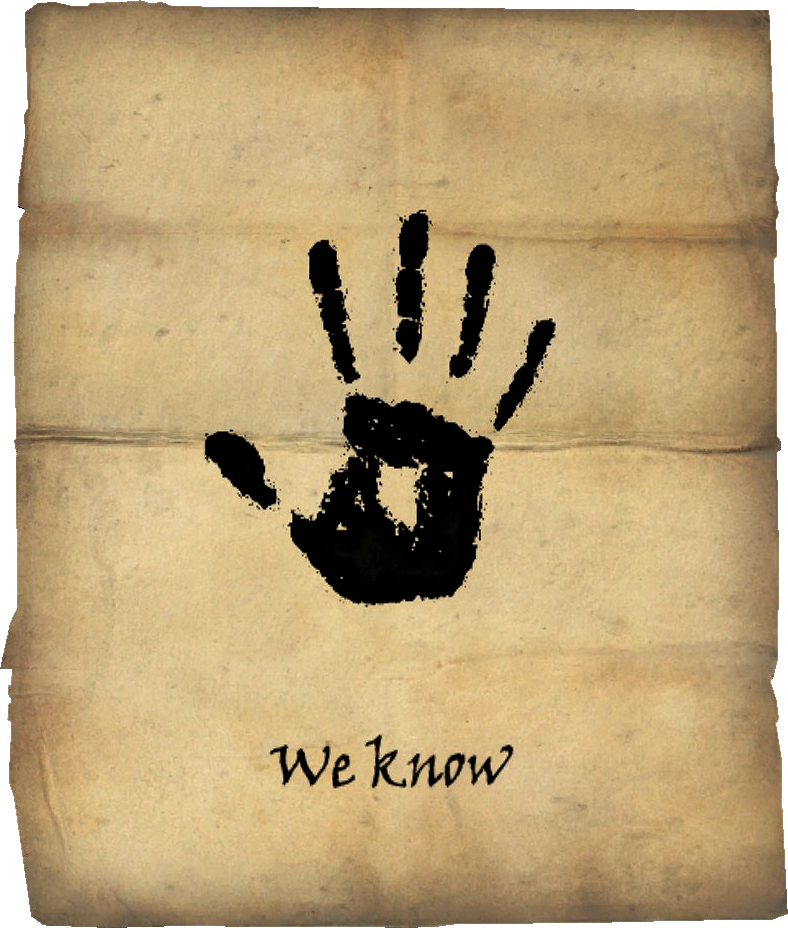With greater hydrogen comes greater responsibility.
Like twice as much
Also interesting: If you were to take your nerves out and lay them end on end you would die.
Actually interesting fact
Your height is closer to a light second than the size of an atom. And yet atoms seem more approachable in scale than light seconds. Fascinating stuff!
How do you define “closer” here? I’m about 1.8m removed from the size of an atom but well over 299 thousand kilometers from a light second.
orders of magnitude soz
physics causes brainrot and everything becomes OOM
- Number of hydrogen atoms in a single molecule of water (H2O): 2
- Number of stars in our (ENTIRE) solar system: 1
That’s the joke.
Thanks, I never would have been able to understand 2>1 if you hadn’t written up that amazing power point slide.
“You are technically correct, the best kind of correct.”
Me: That doesn’t seem right. OH. Oh, I am stupid.
I very slowly zoomed in on the actual words in the post.
Started off processing “molecule” as “mole”, “solar system” as “galaxy”, and thinking “ha, don’t know if that’s true but it sounds both plausible and neat”.
Wasn’t thinking moles, not that technical, but it sounded plausible vs. the number of stars in the Milky Way.
Wait…
There are definitely more hydrogen atoms in a mole of water than stars in the Milky Way.
The Milky Way has somewhere between 100 and 400 billion stars according to Wikipedia (
1*10^11to4*10^11). A mole of water has6.022*10^23molecules in it, each of which has two hydrogen atoms in it for a total of1.2044*10^24hydrogen atoms.10^24 / 10^11 = 10^13which is ten trillion. So, a mole of water has roughly ten trillion times as many hydrogen atoms as the Milky Way has stars.Chad water / virgin Milky Way
Imagine how many more moles of hydrogen the Milky way must have than a single mole of water
*OH2
I am impressed by how clever that was. Well done.
It’s almost impossible to see the last two words because your brain is already reeling from the rest of the statement. It took me a few tries to finally parse it.
Not stupid. Our brain can just get tripped up sometimes and read what it expects to read instead of what’s really there. The sad part is that there are educated people in the US even today that would be surprised or even argue against you if you stated the other version (more atoms in a glass than in our galaxy). Our science education is woefully lacking now.
What blew me away that I learned not too long ago is the notion that if the galaxy was the size of the US, our solar system would be the size of a fingerprint. Try to even visualize that. (reference is the Epic Spaceman YT channel)
NGL our solar system being the size of a finger print is (somehow) bigger than I expected.
Another fun size thing I heard recently was that if an atom were the size of a football stadium then the nucleus would be the size of a pea.
We had a young, hippy science teacher through 70s grade school. Looking back, that woman made more impact on my life than any other teacher.
Every year, every fucking year, she’d start with the difference in fact and opinion. “Yeah, I get it already. Can we move on?” Apparently not many others got that bit of education.
She taught the scientific method and how it works, she taught how to experiment, how to measure. I still set a beaker down and wait for it to settle before moving on. And I’m not in science!
A fingerprint? That’s actually bigger than I figured.
The glass of water is a bit misleading. Your brain starts thinking about all the water molecules inside. That’s all.
I couldn’t find the clip, but first thing that came to mind was the StarTalk Live with Buzz Aldrin and John Hodgman.
Hodgman: “maybe they’ll find H 2 2 2 2 O!”
No need to feel foolish. You have introduced me to yet another John Hodgman project. And that’s all that matters in this world.
Remimds me of the time someone on Xitter said that there are more trees on Earth than there are stars in our Galaxy. They got ratio’d pretty damn hard for it. -_-
Going by the top Duck duck go results for “how many stars in our galaxy” and “how many trees in the world”:
“According to Jos de Bruijne, a scientist at the European Space Agency (ESA), the current estimate is between 100 to 400 billion stars.”
and
“There are an estimated 3.04 trillion trees in the world.”That’s why it’s so crazy that that person was shat on so hard.
Not finding the actual Tweet yet (hard to navigate without an account), but here’s a video covering it:
Also sorry for the billion edits. My brain is giving up on me tonight.
Did you know there are more trees in the world than edits to your comment
Lies.
Yeah, if you think of it, stars are relatively rare in a galaxy when compared to living beings which are born to procreate. But once you go out to universe, it becomes true.
Uhhhh… No. Pretty sure it’s about equal.
What’s the second star in our solar system?
No one asked but you, so thank you.
Also,
Ringo.Do you have randombullet blocked or is this some weird federation mishap?
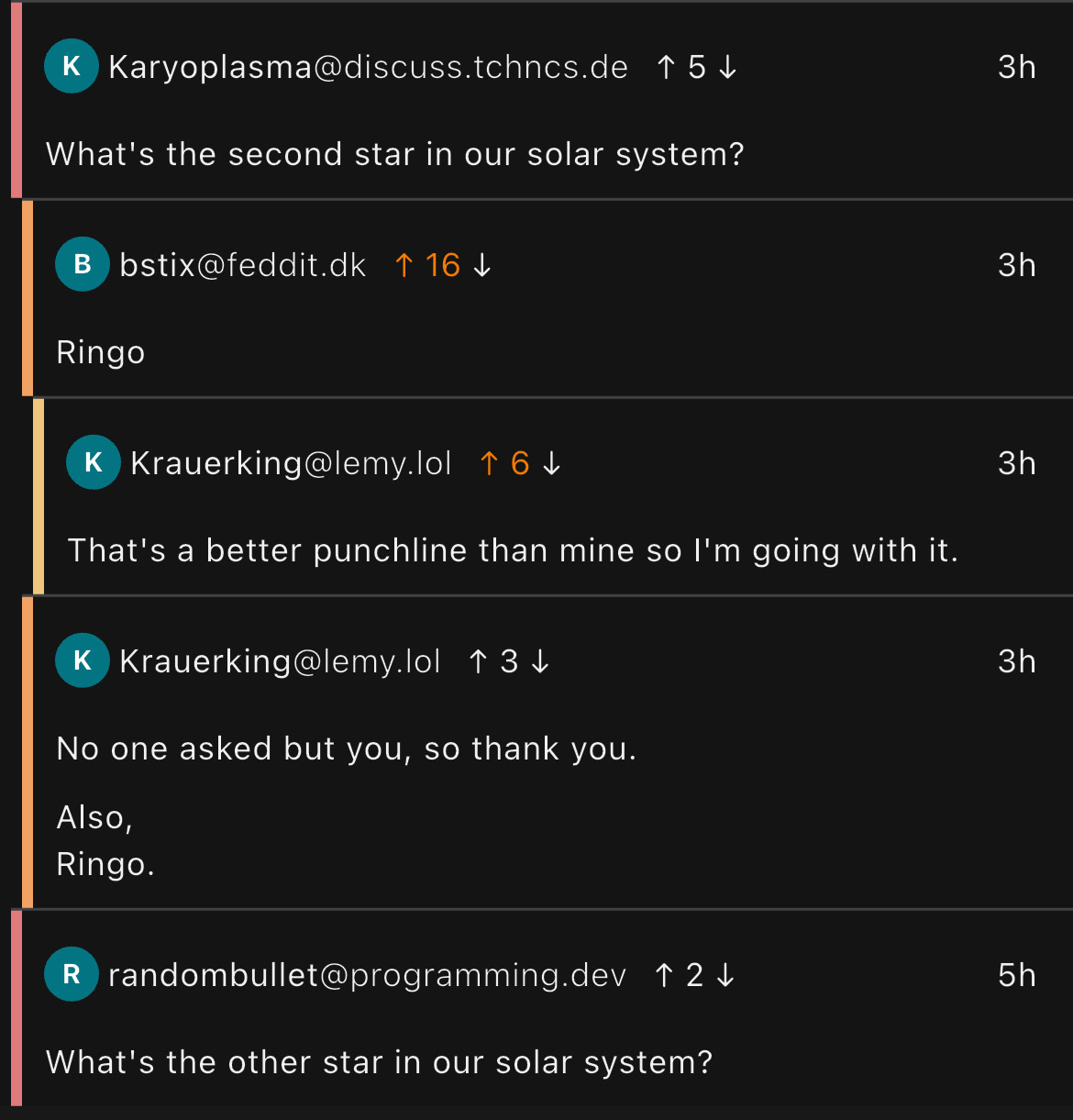
Federation weirdness I bet cause blocked people show as an expandable comment I can never expand and I just… Don’t see this.
Weird.
Still a shame very few even wanted to engage with the joke except that one guy who is too pedantic to not be rude.
Ringo
That’s a better punchline than mine so I’m going with it.
±1
Weird water molecule if it had only 1 hydrogen atom. Pretty sure we call that peroxide.
I don’t understand your difficulty with that meme.
I don’t have one? ¯\_ʘ‿ʘ_/¯
I don’t understand your difficulty with that.
How many stars do you think there are in our solar system?
Roughly 2
In other words, the number of stars in our solar system is appxomately e.
“per”, by the way, roughly means “too many”. [Hydrogen] peroxide is H₂O₂
What’s the other star in our solar system?
My autopilot brain kept skipping over molecule and missing the joke lol.
Iits not a lot, but it’s crazy that it happened twice.
There are more memes estimating the size of the universe than there are stars in the galaxy.
Solar system.
You’ll have to prove this one.
Obligatory “what about Jupiter”
Okay, I’ll bite. “what about it?”
It’s a Y-class brown dwarf star. Saturn likely is as well.
Today, the International Astronomical Union places the dividing line between brown dwarfs and planets at 13 Jupiter masses. This is the minimum mass required to ignite deuterium fusion.
And if you want more, check out what I said last time this meme was posted.
As someone who worked as an astrophysicist for 9 years, I assure you that the question of “what is a planet?” is a nuanced discussion with a lot of diverse opinions and no clear answer that gets endlessly debated by students as they learn that these definitions aren’t as cut and dry as irresponsible science communicators made it seem during the disastrous and highly politically motivated demotion of Pluto to dwarf planet.
IAU is well known for coming up with shitty arbitrary classifications about nomenclature that many astronomers don’t agree with. They are wrong here because they don’t take into account post-Cassini/Juno understanding of gas giant morphology. The IAU definition is outdated and highly misleading.
Copied from another reply I gave in this thread:
I’ve seen 13 MJ argued as a boundary, but it’s selected somewhat arbitrarily and based around idealized models of Deuterium fusion, which has never been observed, and which is a process these brown dwarves would only undergo for a brief flash in their early life. Deuterium isn’t abundant enough for its fusion to significantly alter the stellar morphology that has already become established for objects larger than Saturn. Saturn is our solarsystem’s example of an object that does not fit cleanly into one side or the other of a mass-based binary classification scheme for determining a hard boundary between “planet” and “star”. To understand what is a planet vs what is a star, study Saturn.
Ok, that’s interesting! I didn’t realize there was controversy around this definition.
The planet definition that excluded pluto was decided upon at the end of an IAU conference after most planetary scientists had left. As a result, only dynamicists are happy with it. Planetary geologists in particular HATE it and have always vocally pushed back.
I’d say Jupiter would need to be about 3 times massive to count as one. And more realistically around 10ish.
Most people have more balls than there are stars in our solar system.
Wait, are you counting ovaries?
The average human has somewhere between 1.1 and 1.4 testicles.
Good friend of mine has 3. One is apparently tiny, but it’s there. That man would fuck a snake if you hold it’s head. Horniest man I ever met.
How are you averaging the humans? Or are you averaging testicles?
Considering 50% of the population doesn’t have testicles, the average being over 1 indicates that there are a few million people with 3 testicles.
But there are also many men with one or zero probably more than people with three so it should probably net to less then 1 average. Unless you count prosthetic testis in the total.
If you’re counting prosthetics, then there could be one guy really bringing up the average.
Testicles Georg is an outlier adn should not have been counted
Is this because of intersex conditions or something? Or just a number you pulled out of your
assballs?c/theydidthemathincorrectly
Not Hitler though.
It’s 2 > 1, so correct two hydrogens versus one star: Sol
O sole mio!
What about celebrities?
Celebrities contain more than two hydrogens, true.
I have as many assholes as stars in our solar system, even though it seems like more to Lemmy.









